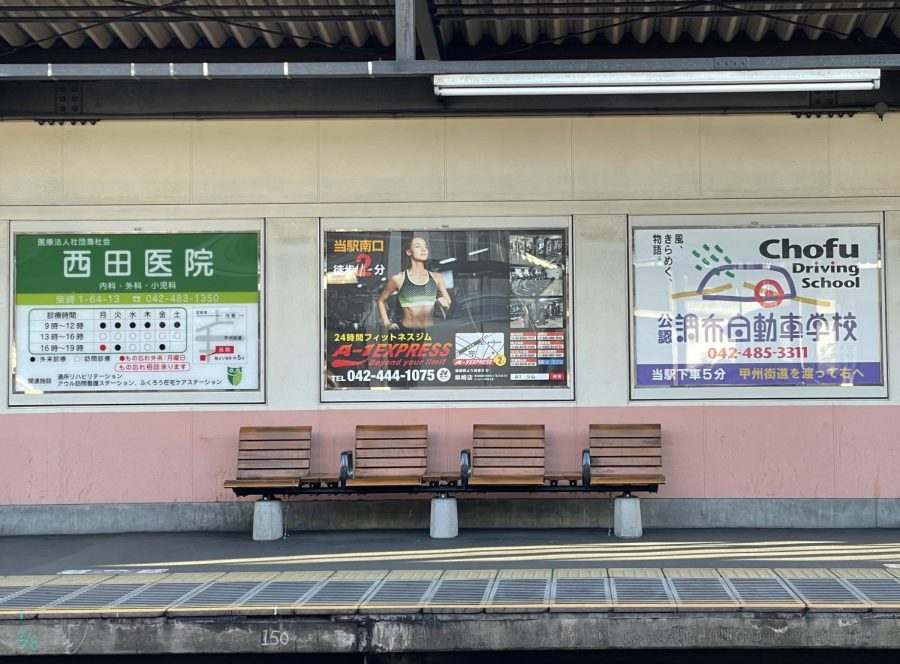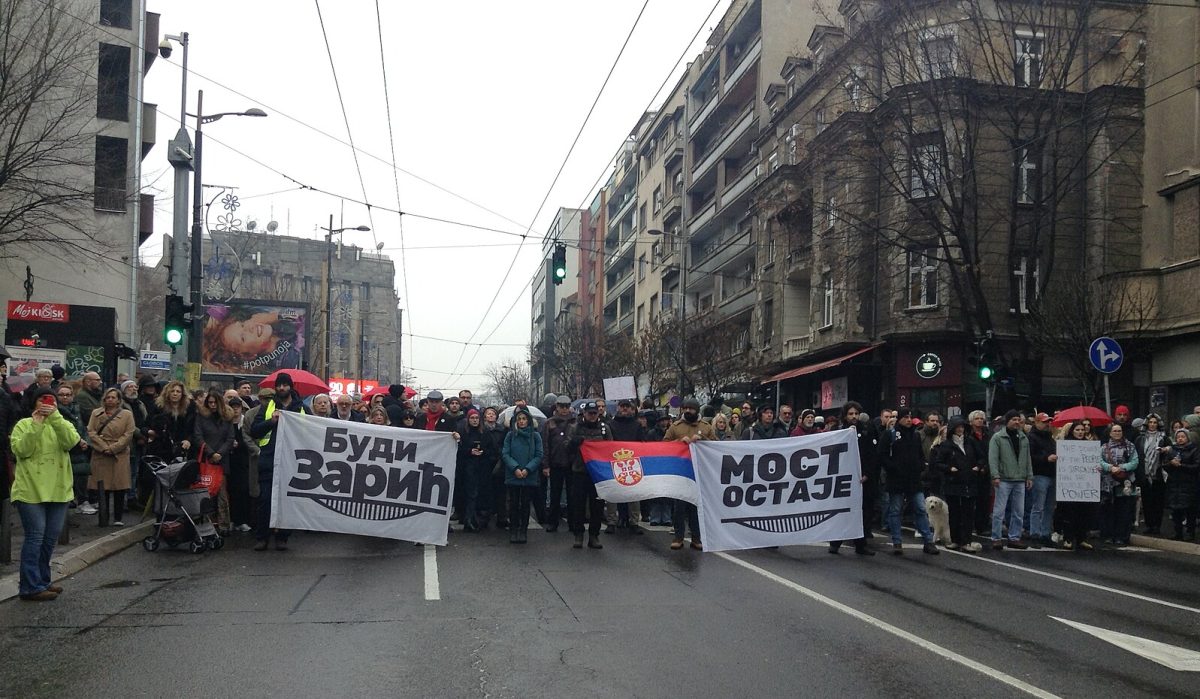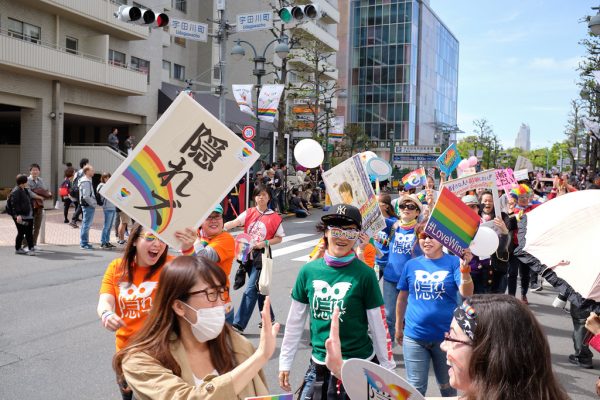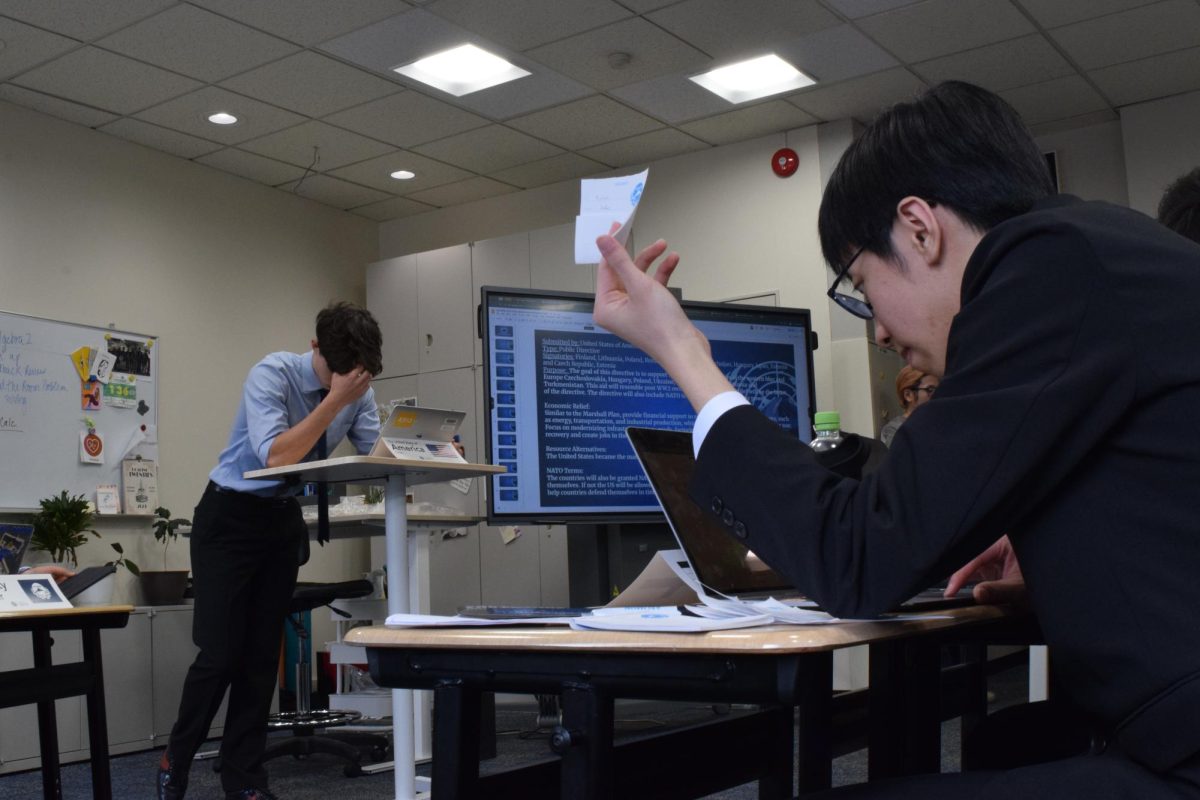Hostile Architecture: Marginalization by Design
January 14, 2022
The Covid-19 pandemic has slowly but surely begun to ease its tight grip on the world. Although still below pre-pandemic levels, employment is back on the rise, and economic hardship has fallen from its peak in 2020. However, those that have been hit especially hard by the pandemic are still experiencing the effects of those setbacks. One such example of this is homeless individuals.
With no housing, many homeless people rely on public benches and similar public structures for sleep and safety. But what are they to do, and where are they to go, when they are denied these very basic needs?
“Hostile architecture” is the intentional design of architecture in a way that restricts behavior in urban spaces, that oftentimes targets homeless people. When urban planners install this type of architecture, it not only sends an unwelcoming message to the local homeless population, but is also a visible representation of growing social inequality prevalent in the world today.
An example of this, often seen in Japan, is park benches. Park benches are usually where homeless people set up their belongings and spend the night. However, many park benches are made specifically to combat this situation, whether by having armrests or designing unusually small benches that deter people from sleeping on them. Benches like these reveal a lack of compassion for those living in poverty.
Furthermore, in an attempt to prevent the homeless from using public spaces, urban designers have made these spaces ineffectual for the general public as well. Public spaces are slowly becoming less communal, and more restrictive of who is able to use them. The excessively steep benches at many bus stops and train stations were specifically designed to be impractical for people to sleep on, but are also unsuitable for simply sitting as well. This type of architecture is particularly hostile towards the physically disabled who rely on such resources in public to exist comfortably.
Many that argue in favor of hostile architecture claim that it “cleans up” the streets and improves the safety of their cities or countries. However, this is simply a band-aid solution to a much larger issue. Instead of investing money towards ensuring that homeless individuals don’t have a place to sleep, the root causes of homelessness must be addressed so that people aren’t in a situation in which they have to sleep on the streets in the first place.
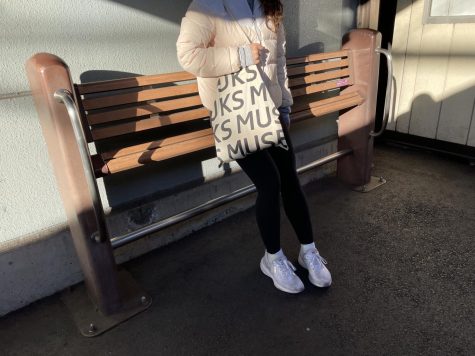
Solving homelessness or poverty is not as simple as telling people to “get a job.” A reason for this is that many jobs require applicants to have addresses. But how is one expected to find a place to live without a source of income from a job? Thus, one way that the Japanese government should intervene is through a more affordable housing program.
For such a program to be effective, they must recognize that housing is a human right and should be provided without preconditions (education, sobriety, mental health, etc.). Providing housing should be the foundation for improving one’s life rather than the end goal. Through this model, homeless individuals’ paths to recovery may become an attainable reality.
The resources aimed towards keeping poverty hidden through hostile architecture should be redirected to address the larger issues that drive homelessness. We should not be punishing homeless individuals for their existence; we must remember that they are not homeless by choice. It is frequently the result of various political and economic conditions that are largely out of their control, such as the lack of adequate safety nets in place.
While hostile architecture may not be something we readily notice in our daily lives, it is very apparent to the people that the architecture was specifically designed to marginalize. It serves to maintain the delusion that the well-off are different and somehow better than those who are homeless, and further isolate them.
Instead of demonizing and stripping the homeless of their few remaining comforts, we must address and work towards solutions to the root issues. Treat the illness, not the symptom.

